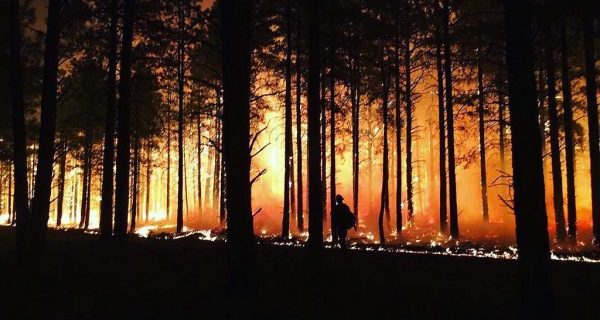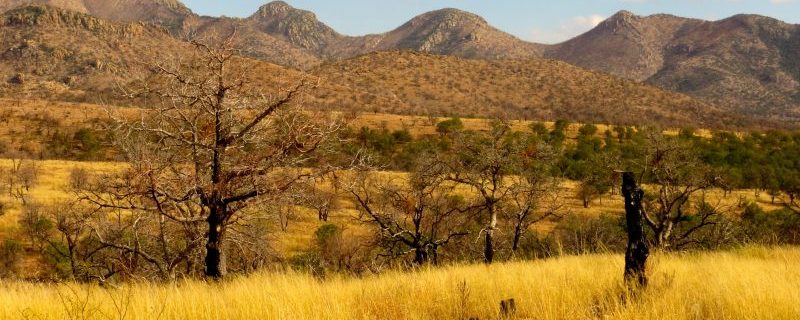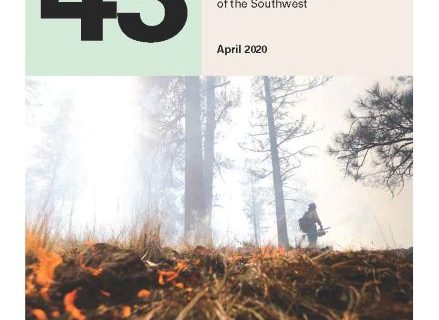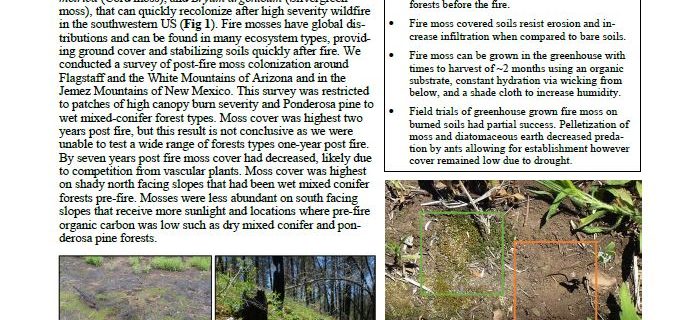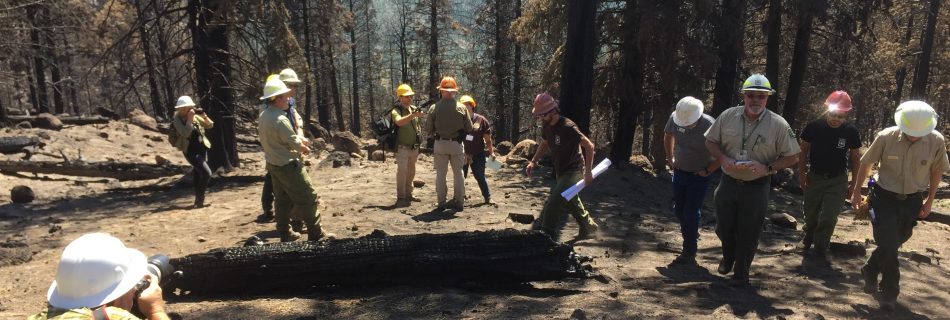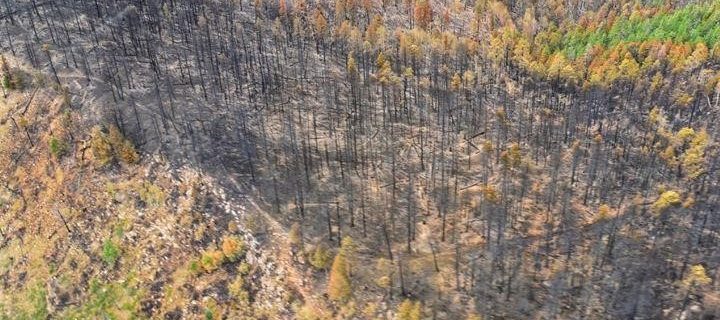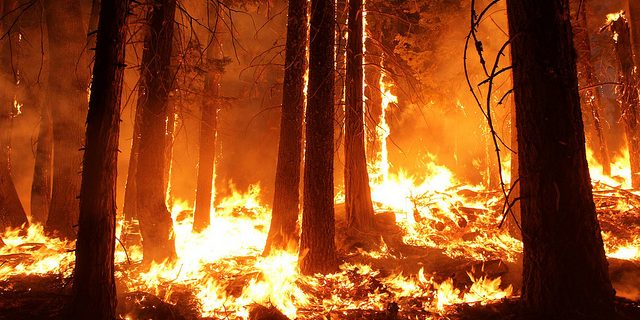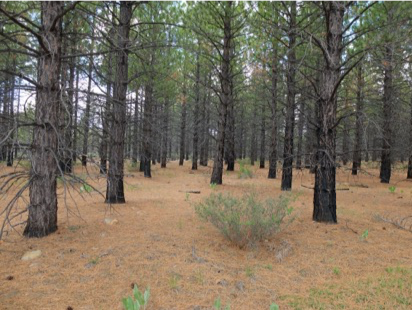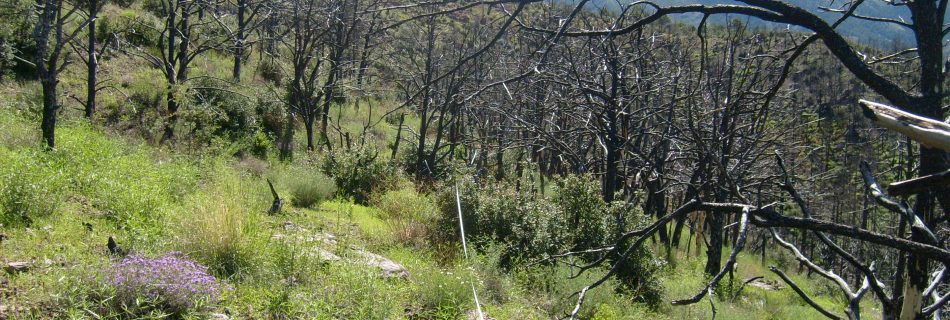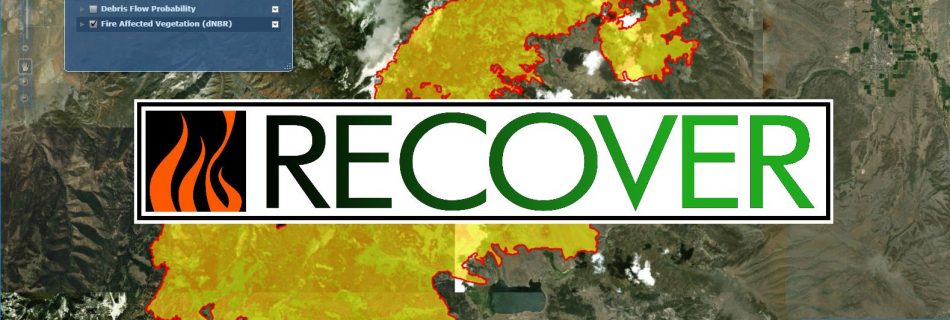After the Fire: Learning from Burned Areas in the Southwest
In the spring of 2019, several partners teamed up with the Burned Area Learning Network to visit coordinate a series of three field trips across the Southwest. Scientists, researchers, and land managers came together to visit burned areas of the Boundary Fire (2017) and Pumpkin Fire (2000) in Arizona, the Las Conchas Fire (2011) in …
Read more “After the Fire: Learning from Burned Areas in the Southwest”

